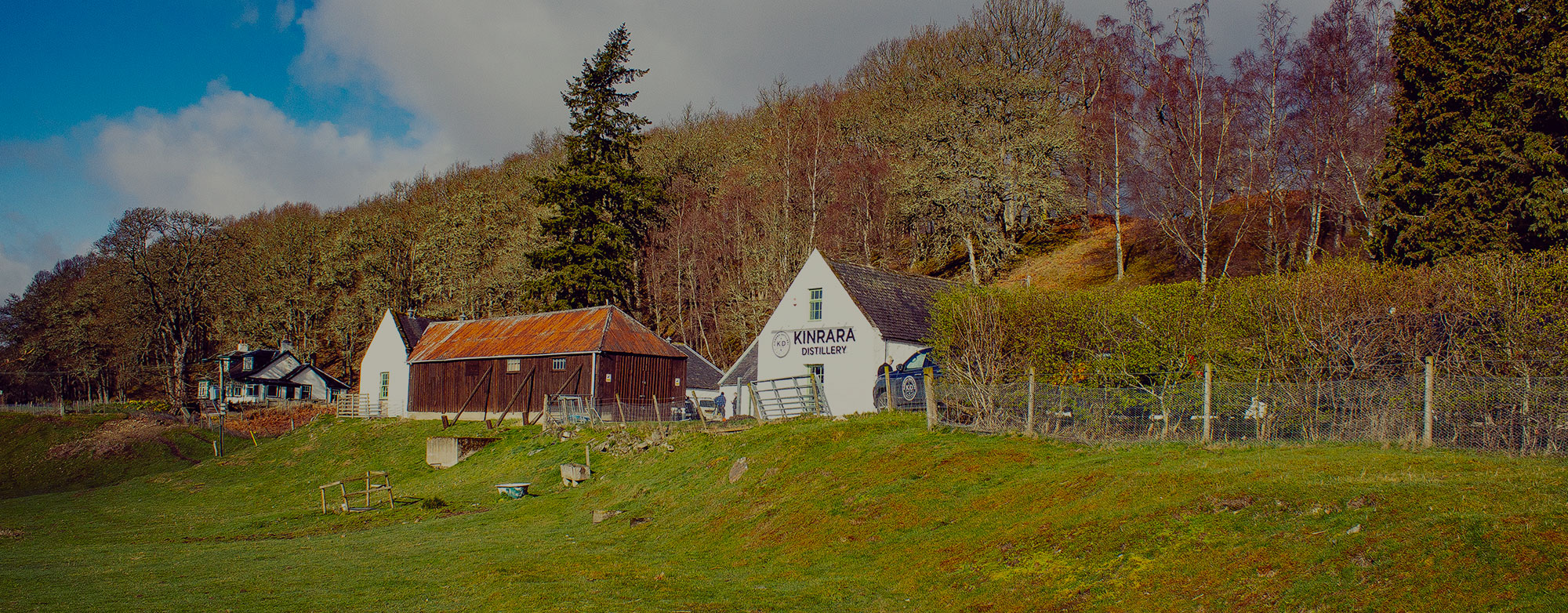
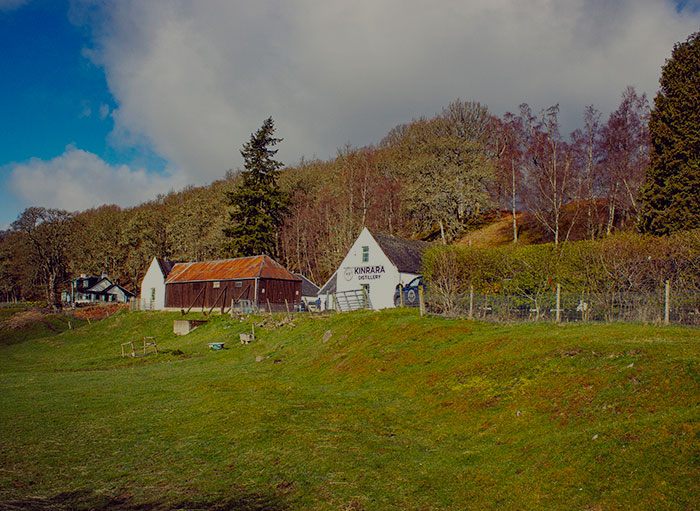


Located on the outskirts of the popular Highland town of Aviemore, the Kinrara Distillery has been producing a range of Scottish Gin expressions since it opened its doors and launched Kinrara Scottish Highland Dry Gin at the end of February 2018. A true Highland distillery, the distillery is housed in a former steading that was once home to horses and a milking parlour for cattle. Over the last two years, the distillery has evolved to include a tasting room with further Scottish Gin experiences coming soon.
We recently caught up with Head Distiller David Wilson to learn more about his background, what life is like in a Highland distillery, how the Kinrara Distillery team come up with new Scottish Gin expressions and more.
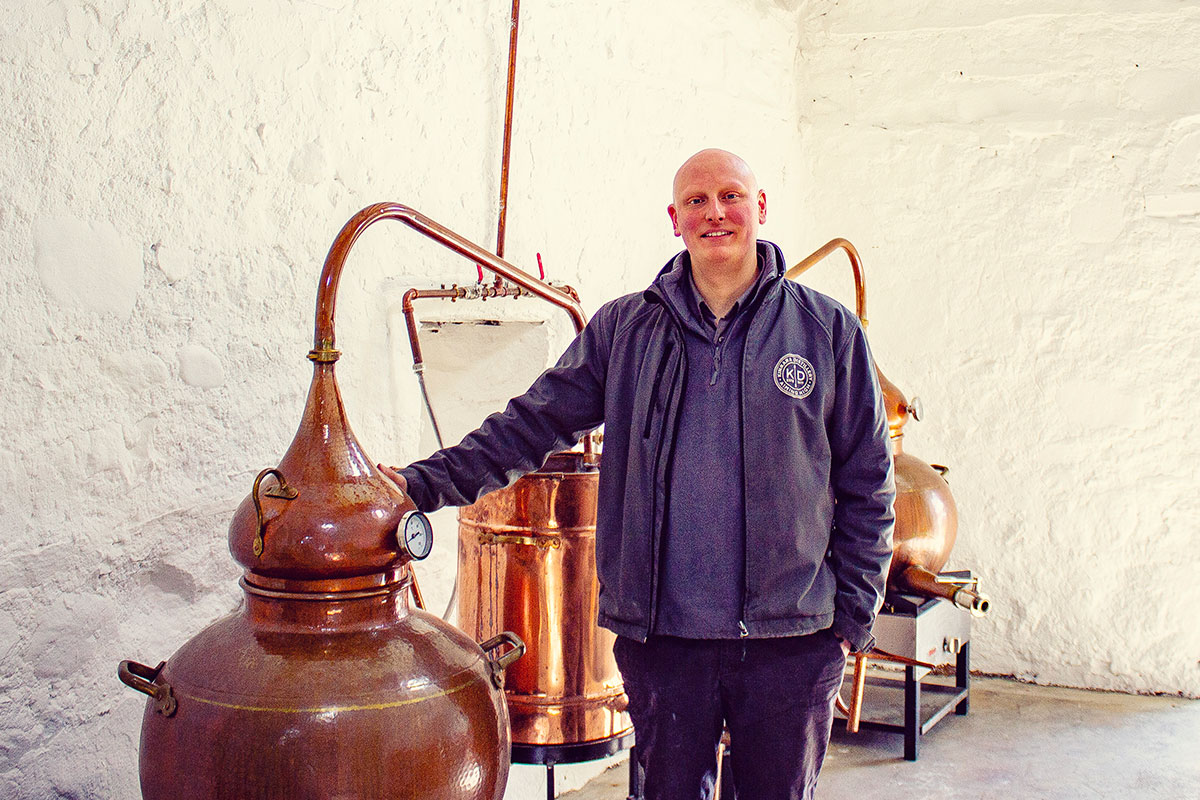
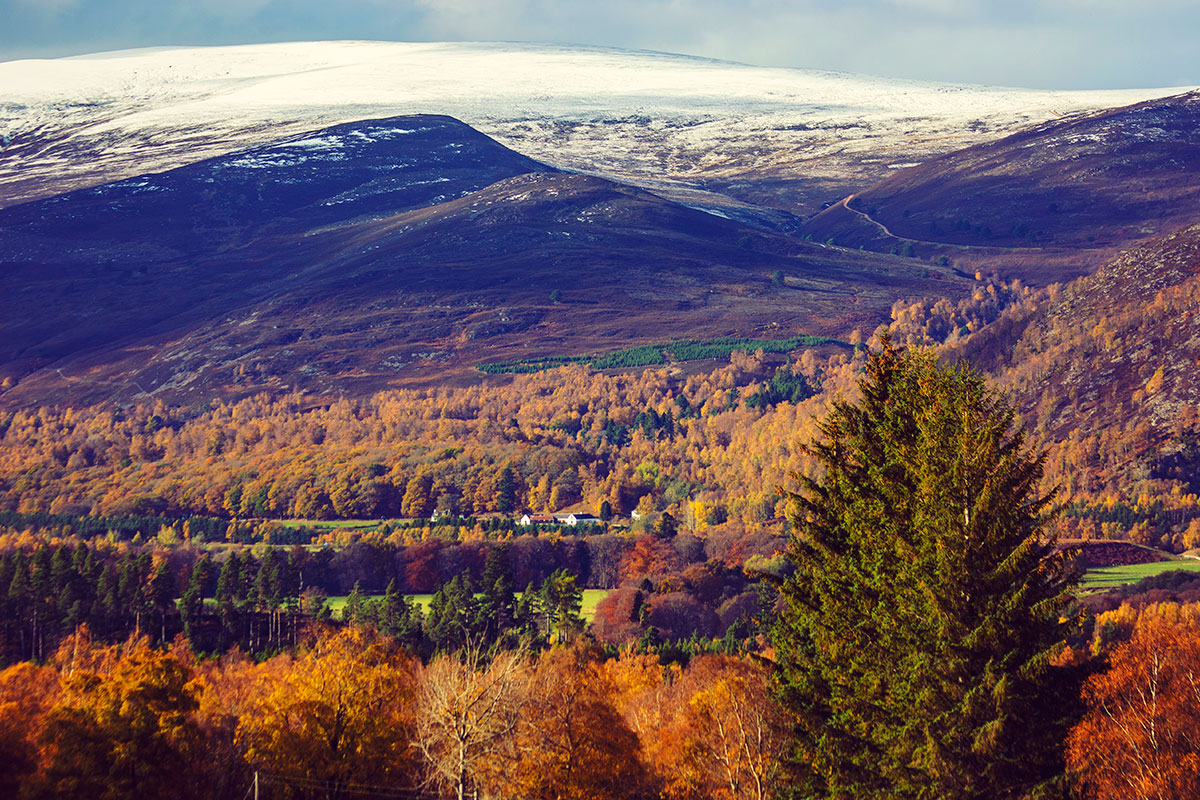
What’s your name and what do you do?
I’m David Wilson, the Head Distiller here at Kinrara Distillery in Aviemore.
What’s your background?
This is my first distilling job. I originally studied chemistry nearly a decade ago, before enrolling in the excellent MSc Brewing and Distilling course at Heriot-Watt University. In between, I worked for a pub company in the South East of England, which is where I first became interested in craft spirits. I was lucky enough to talk to a variety of producers through events and distillery visits, which directly inspired me to find the course at Heriot-Watt and take the plunge into the world of distilling and spirits production.
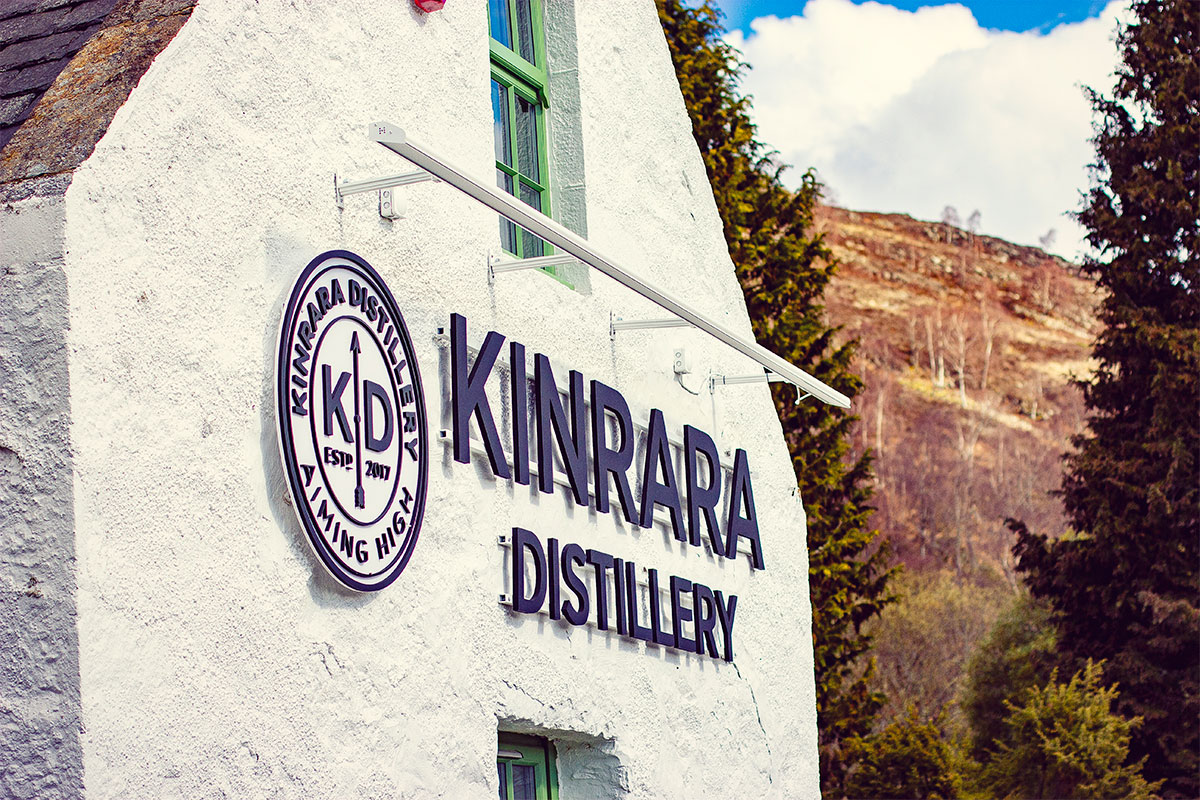
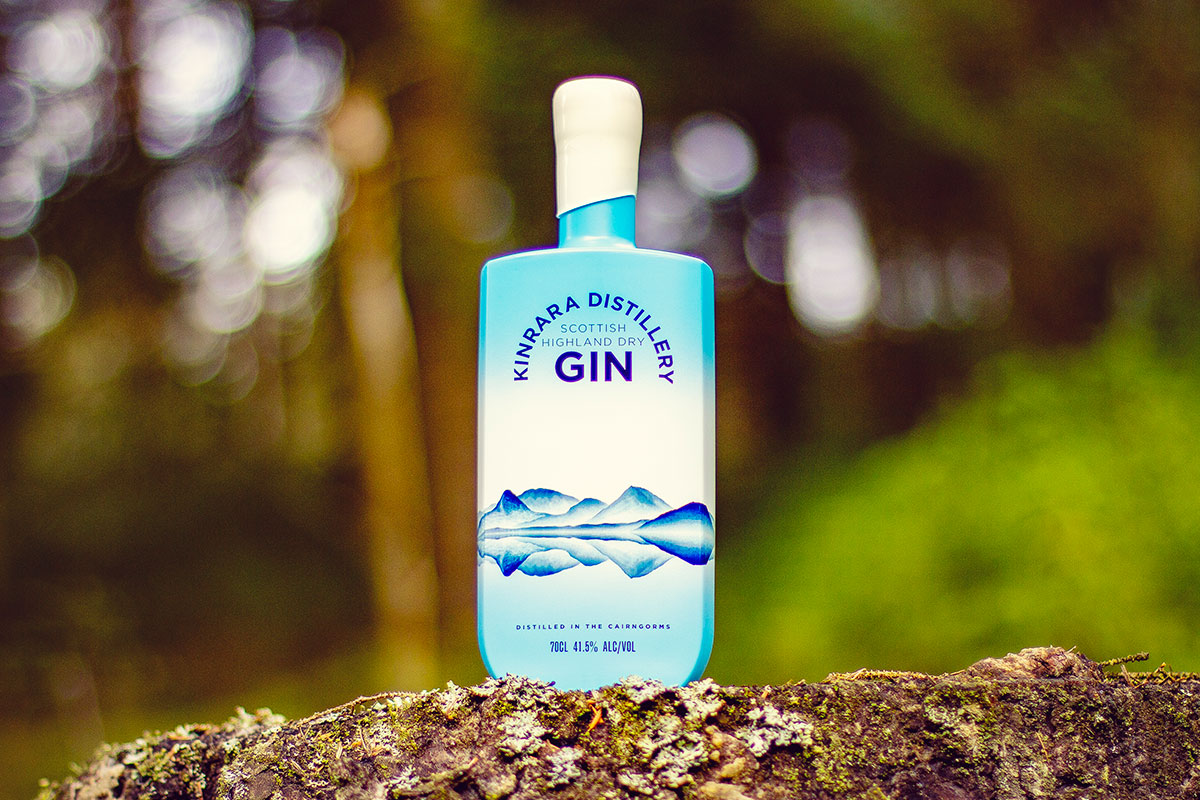
What spirits are you involved in making?
At the moment we’re a micro gin distillery although the long-term project has always been to transition into making whisky. That being said, we’ve got plans for other flavoured spirits this year so watch this space.
What kind of research goes into making a new product?
Any new product goes through a long process of research and development. With our flagship Highland Dry gin, we started by distilling samples of the two estate-foraged botanicals, rosehips and rowan berries, before tasting them individually and thinking what other flavours would complement them. I also looked into the scientific literature to see the composition of their essential oils to help guide the process. From there, it was a case of running a lot of trial distillations on the 1.5 litre still and seeing which we liked best, both in terms of different flavours and intensity of flavours.
It was a similar process when developing the recipe for Freya, the latest in our Artist’s Edition range. We knew that we wanted to use heather that had been foraged from the estate as a botanical and so we started from a heather distillate before experimenting with complementary flavours. The process does become more streamlined the more you do it. After you’ve worked with different botanicals repeatedly, you begin to build up a catalogue of their tastes in your head. I’m really pleased with Freya, not only because it’s a great tasting gin but also because it turned out really close to the idea I had in my head when I first tasted the heather distillate.
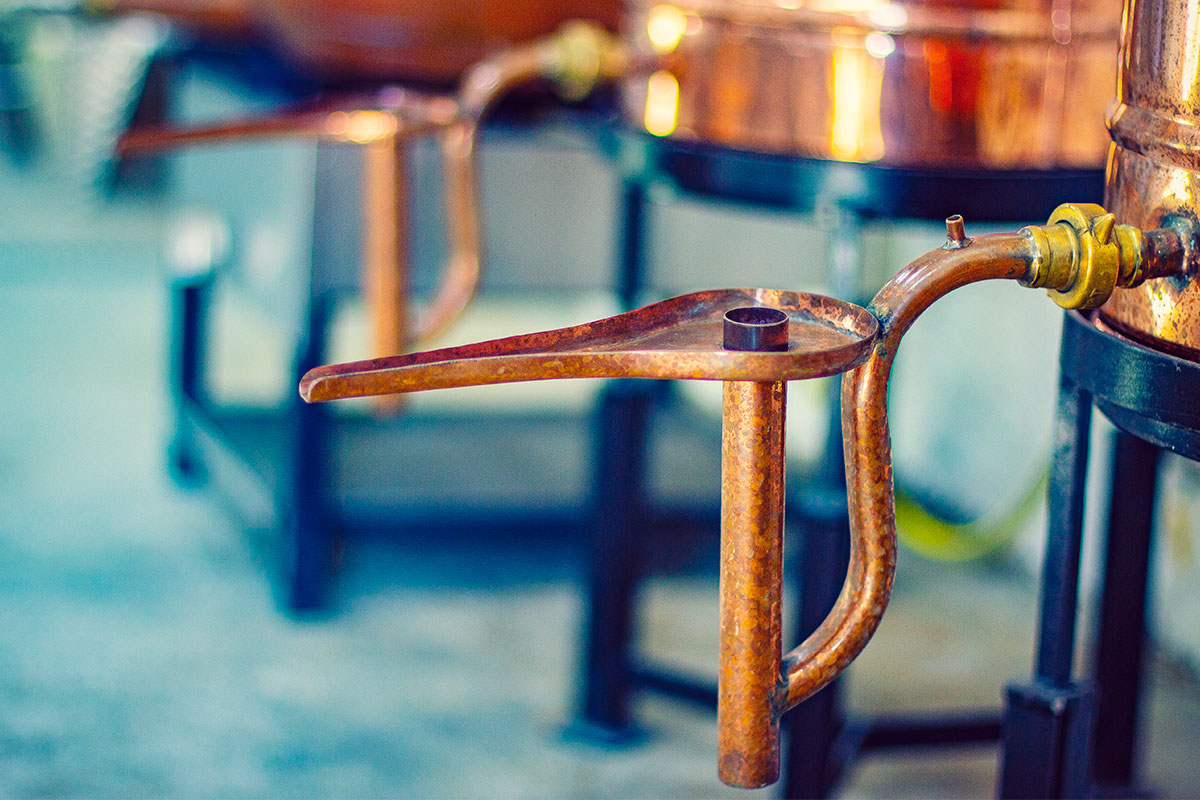
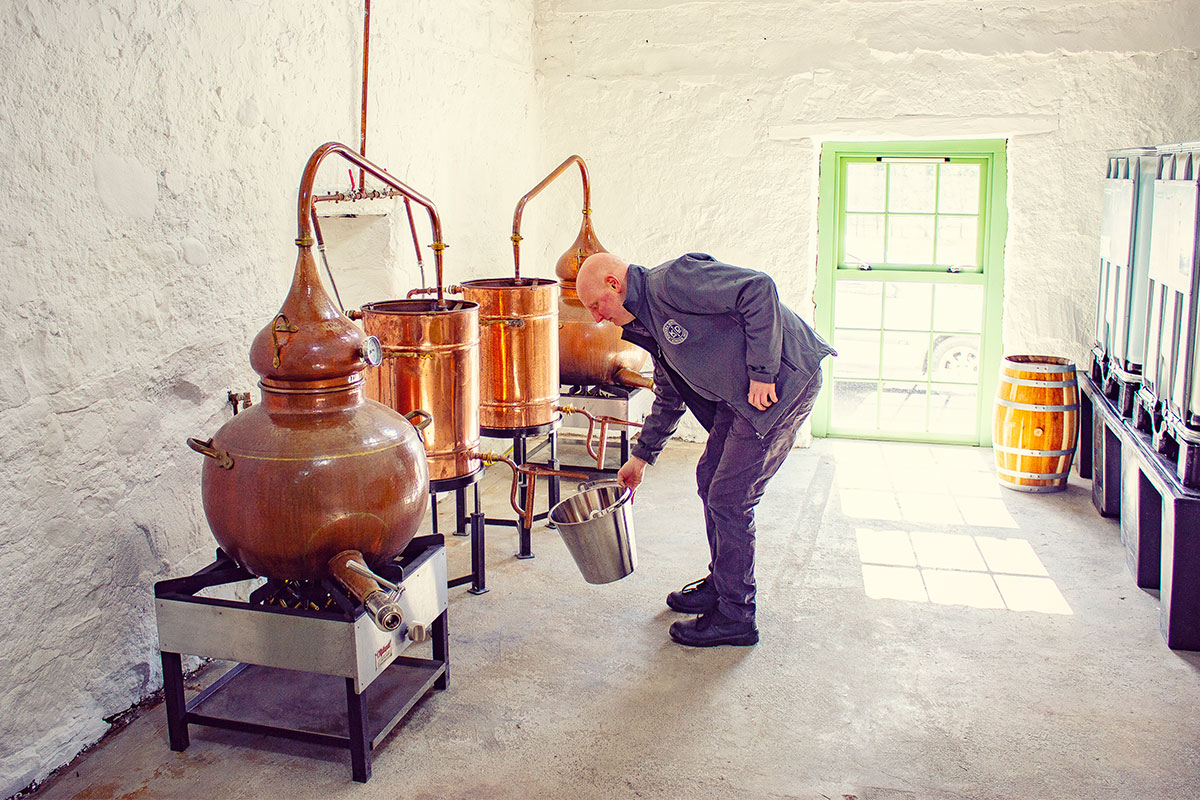
Do you get the opportunity to experiment?
I try very hard to find the time to experiment, although the vast majority of my work week is taken up overseeing the production of our core range of gins, innovation has always been a key part of my role here. I’ll always keep my eye out for novel or interesting ingredients and we keep a fairly large botanical library at the distillery, which we continue to add to on a regular basis. We’ve also got a cabinet full of experimental gins and distillates in our tasting room. For me, a lot of inspiration comes through cooking, which is one of my interests outside of work, in fact two of our Distiller’s Edition gins have their origin in flavour pairings you would expect to find in Eastern cuisines. It’s not unusual to see me distilling on the 1.5 litre still a couple of times a week trying out some flavour combinations that I’ve tasted in a dish.
What’s your No.1 rule when making spirits?
Consistency. Being a small batch producer, working on direct-fire 100 litre stills, maintaining a consistent product is the key challenge. This means taking extra care when weighing out botanicals and being perceptive to any changes that might occur between batches of ingredients. Monitoring the distillation is also essential. I’ll always try to taste every 5 litre of spirit as it comes off the still, as well as recording the ABV and flow rate. The more information you have, the easier it is to try and make each distillation the same as the last.
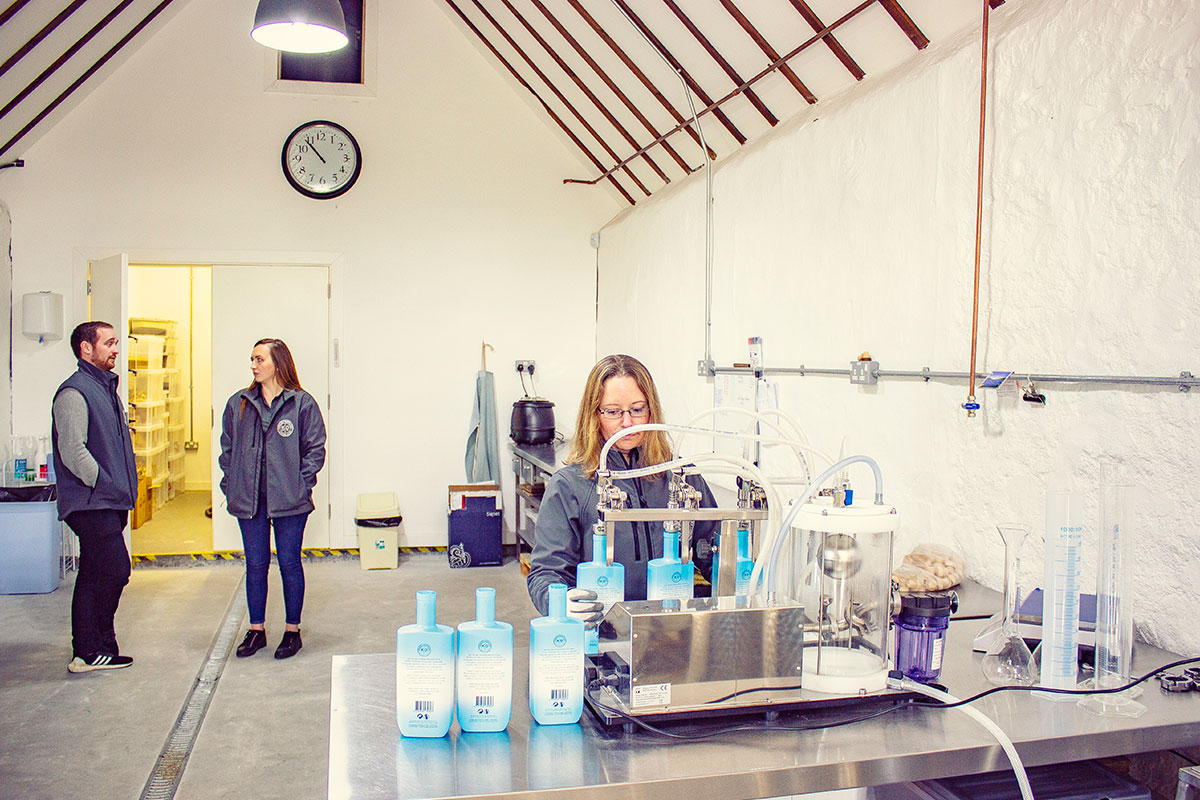
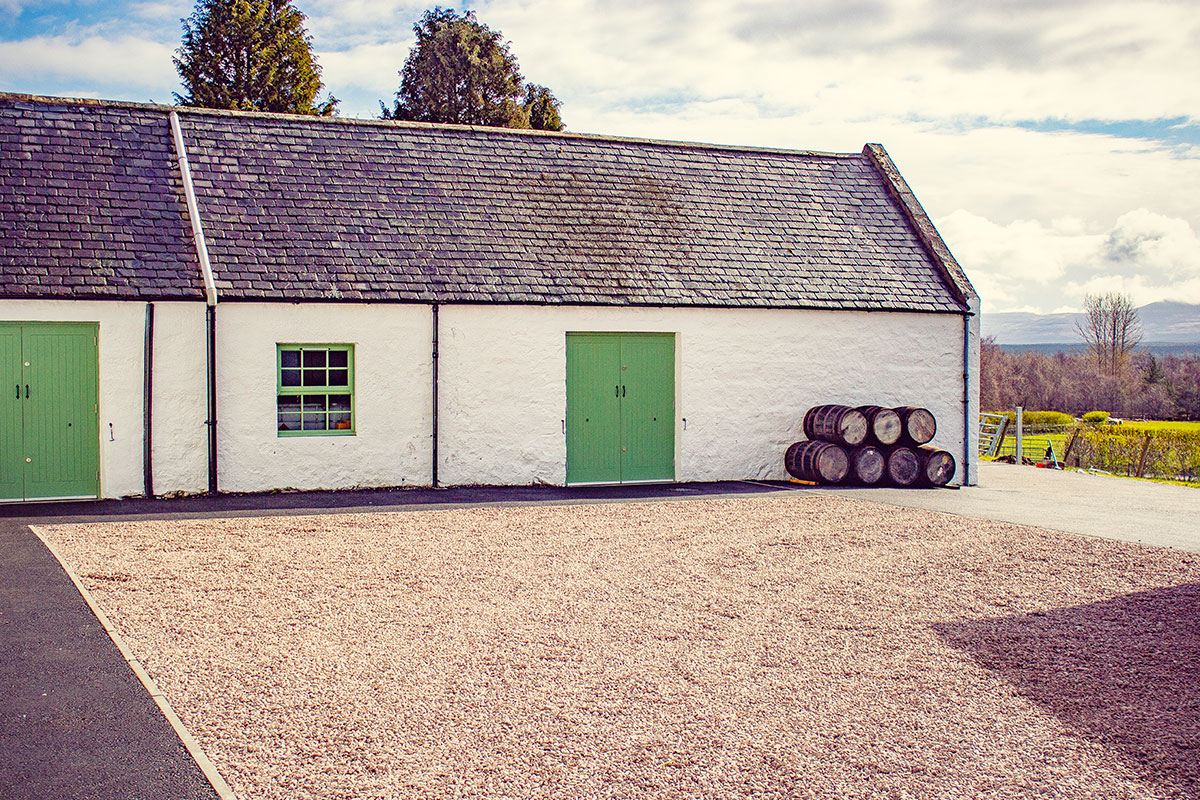
What’s the best part of the gin making process?
I always say that making gin is part art and part science. Obviously the more creative aspects lie in the development of new products, which is definitely the most exciting part of my role.
What’s the worst part of the gin making process?
Charging the stills with GNS and water is possibly maybe my least favourite part of production. As mentioned, we’re a small distillery and therefore our procedure for getting neutral spirit into the still at the correct strength and volume is fairly low tech and can be frustrating. There are also important safety issues surrounding working with high ABV neutral grain spirit, which means a large amount of care and attention is required. Charge strength can have a big impact on your distillation and ultimately your gin’s character and therefore it’s important to get this spot on.
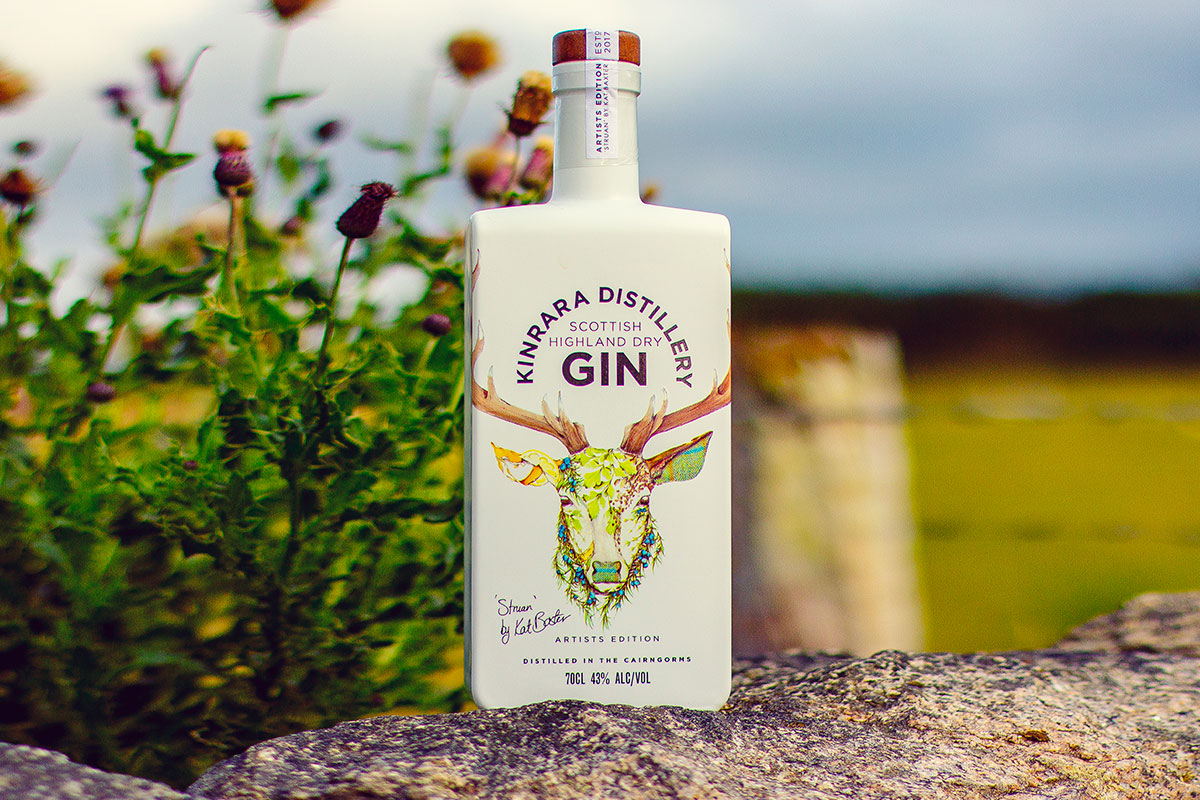
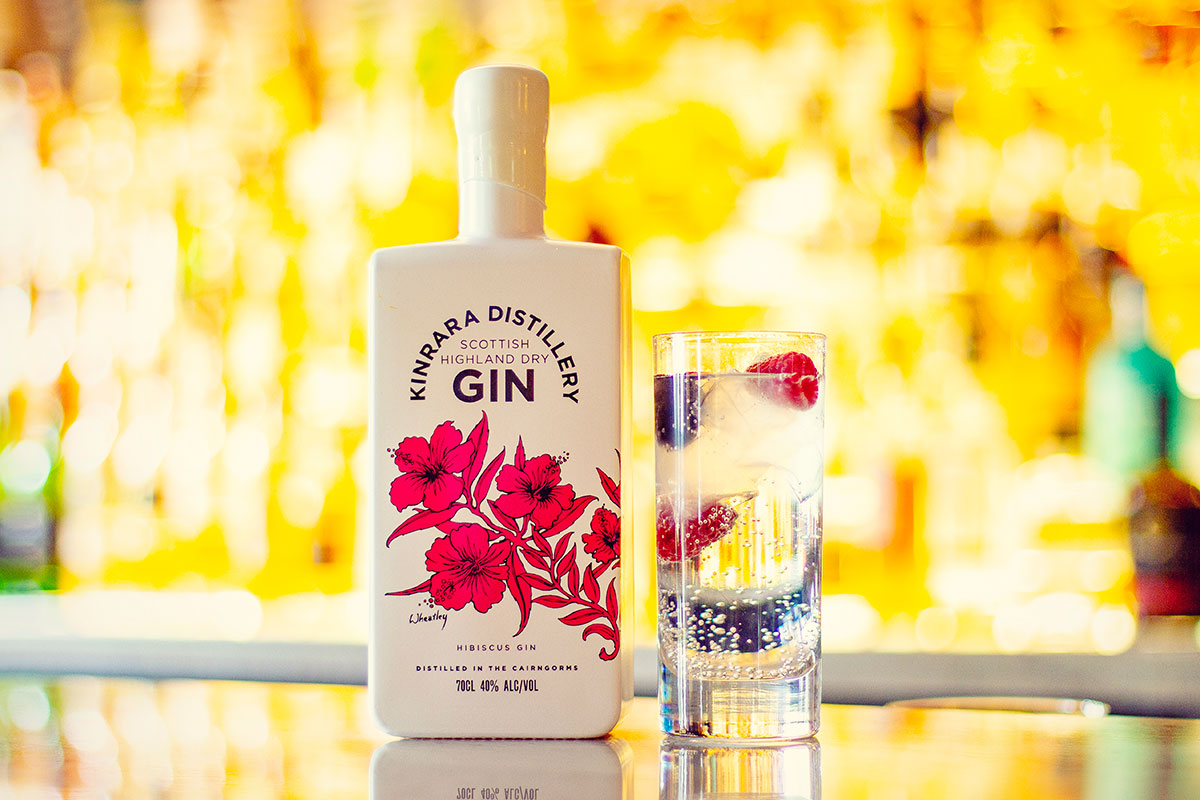
What’s your ultimate drink?
Although I am partial to a well-made Negroni or Dry Martini, I think the ultimate way to enjoy gin is in the humble G and T. I’m a bit of a gin obsessive so always keen to try something new when I go to an unfamiliar pub or bar. I think ‘perfect serve’ as a concept is a great result of the recent boom in gin, it’s a way for the distillery to highlight some of the principle or more unusual flavours in a gin. I like to enjoy our Kinrara Highland Dry with plenty of ice, a twist of orange peel and Fever Tree Mediterranean tonic.
Tell us something we might not know about Kinrara Distillery.
We’re based in an old farm steading on the Kinrara Estate just outside of Aviemore. The estate itself has a fascinating history, originally it was the private estate of Lady Jane Gordon, wife of Alexander, 4th Duke of Gordon, who was instrumental in the raising of the Gordon Highlanders Army Regiment. Lady Jane was well known for entertaining, hosting soirées both in the Highlands and in Edinburgh, where it’s said Robert Burns gave a first reading of his poetry to Edinburgh society. I’ve no idea if Lady Jane would have been a gin drinker but I like to hope that her spirit of hospitality extends to what we do here at the distillery.
Photos: ©The Gin Cooperative
Learn more about Kinrara Distillery here.
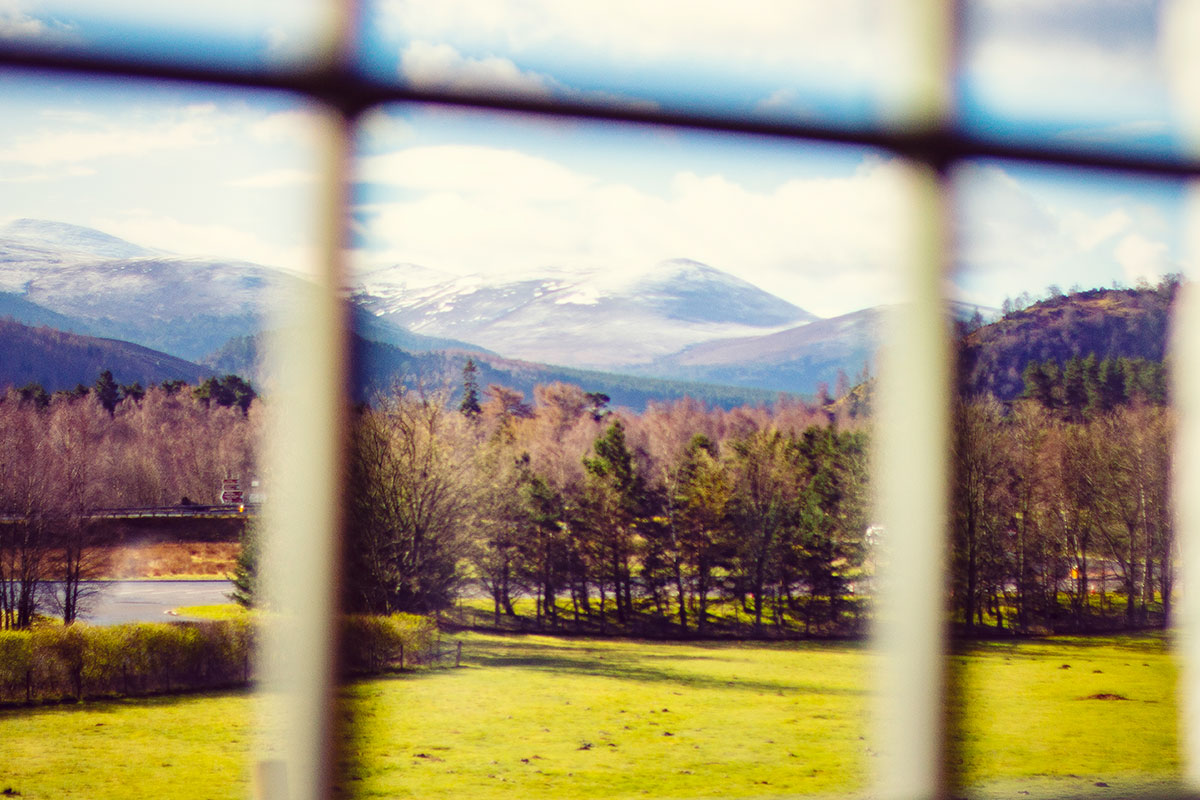
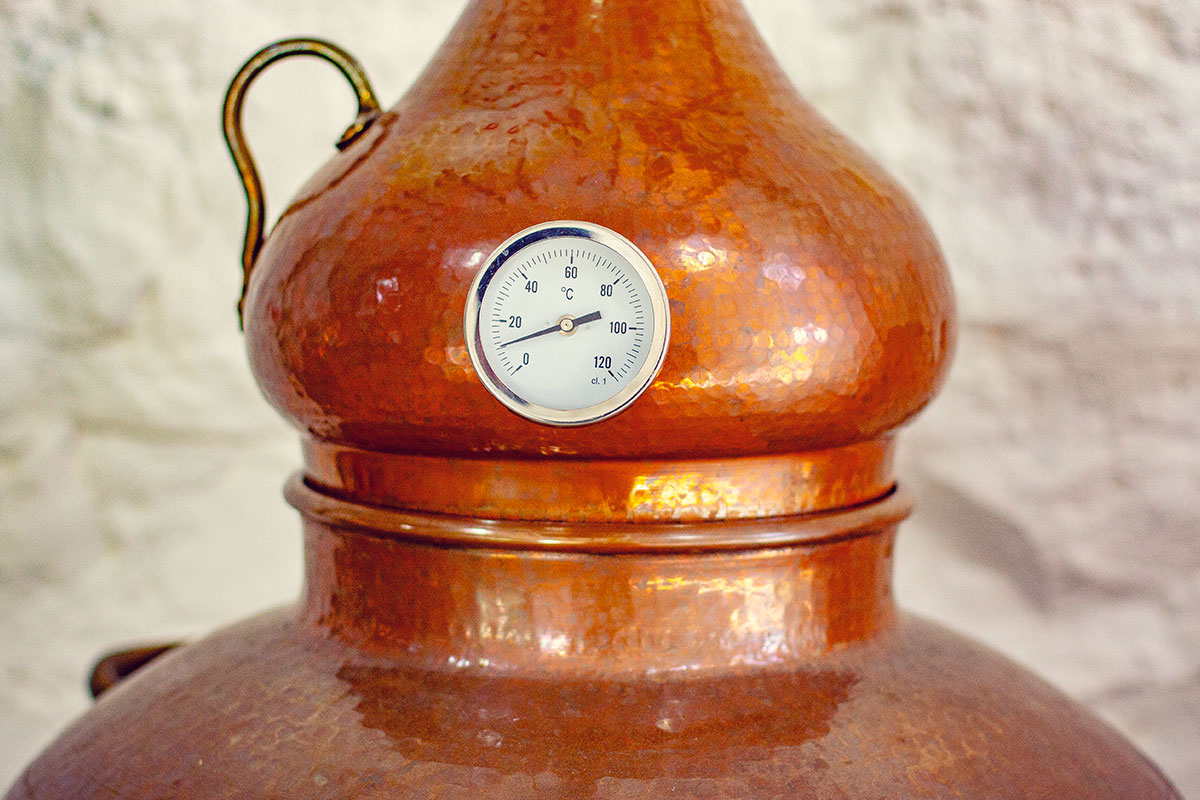
You can learn more about Isle of Kinrara Distillery by visiting the links below.